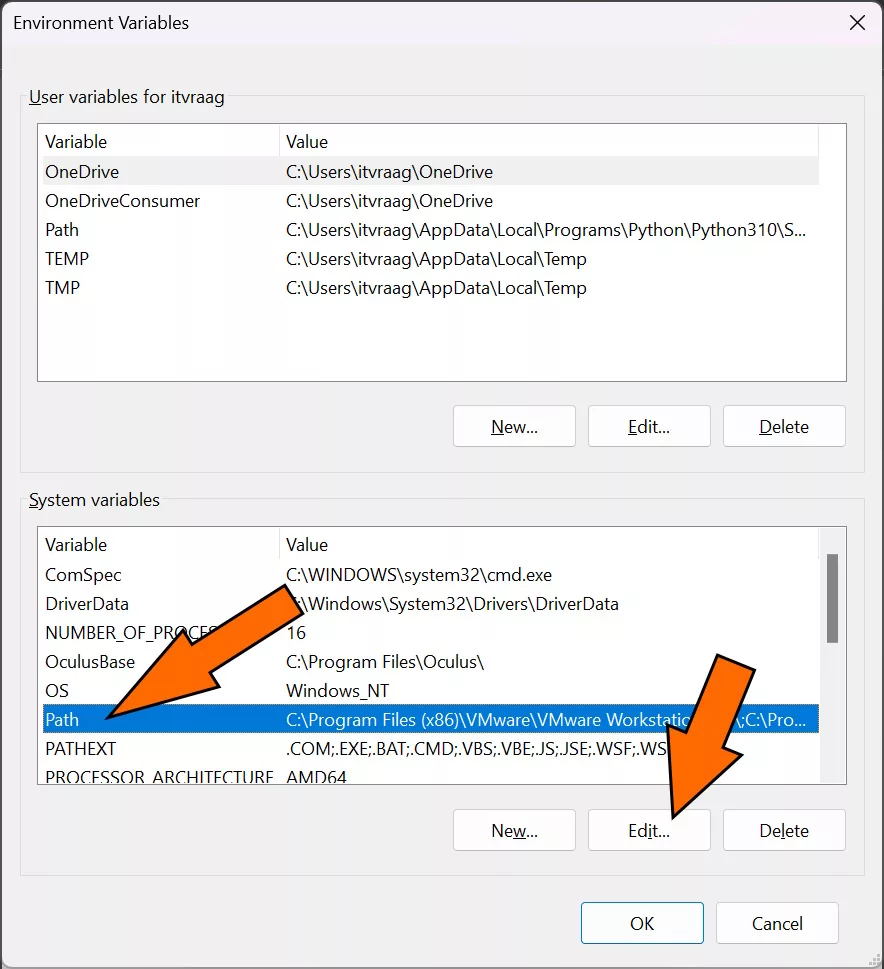Automation has revolutionized the way businesses operate today. The role of IT automation professionals is crucial in ensuring the seamless integration of technology in organizations. This blog will discuss the roles and responsibilities of IT automation professionals and what skills are needed to be successful in this field.
Roles and Responsibilities
IT automation professionals have a variety of roles and responsibilities that vary depending on the organization. However, some common responsibilities include:
- Designing, implementing, and maintaining automation solutions
- Developing and testing scripts and workflows
- Troubleshooting and resolving automation-related issues
- Collaborating with cross-functional teams to identify areas for automation
- Keeping up to date with emerging automation technologies and trends
Prerequisites
To be successful as an IT automation professional, you will need certain skills and knowledge. Some key prerequisites include:
- Strong understanding of programming languages such as Bash, Python, Java, or Ruby
- Familiarity with automation tools such as Ansible, Puppet, or Chef
- Knowledge of software development lifecycle and Agile methodologies
- Familiarity with operating systems such as Windows and Linux
- Understanding of network protocols and security best practices
Use Cases
Here are some practical use cases of IT automation in organizations:
- Automating software deployments to reduce the time and effort required for manual deployment
- Automating the provisioning of virtual machines to reduce manual errors and speed up the process
- Automating the generation of reports for key performance indicators to provide real-time insights to decision-makers
- Automating the backup and recovery process to ensure data is protected and quickly recoverable in the event of an outage
Tools
There are a multitude of automation tools available for IT professionals. Here are some popular tools and the tasks they are used for:
- Ansible: Automating infrastructure configuration management
- Puppet: Automating the deployment and management of applications and services
- Chef: Automating the management and configuration of infrastructure
- Jenkins: Automating the integration and delivery of software
Security Risks
While automation can bring many benefits, it also brings certain security risks. Here are some of the security risks associated with IT automation:
- Automated systems can be vulnerable to attacks and exploits just like any other software
- Automated systems can be programmed to carry out malicious actions
- Automated systems can be vulnerable to unauthorized access or manipulation
Tips
Here are five tips for IT automation professionals to help them be successful:
- Stay up to date with emerging automation technologies and trends
- Continuously develop and improve your skills in programming languages and automation tools
- Collaborate with cross-functional teams to identify areas for automation
- Adhere to security best practices and keep security risks in mind
- Test automation solutions thoroughly before implementing them in production
Conclusion
In conclusion, the role of IT automation professionals is critical in today’s digital world. By having a strong understanding of programming languages, familiarity with automation tools, and knowledge of security best practices, IT automation professionals can play a key role in the success of an organization. To continue learning about IT automation, consider exploring topics such as Continuous Integration/Continuous Deployment (CI/CD) and DevOps. Finally, challenge yourself to automate a task in your own work environment and see the impact it has on efficiency and accuracy.



